
Looking to turn your yard into a hockey or ice skating paradise this winter? Use this backyard ice rink cost guide to see what the installation will total.
Save space and fit the look of your home with a variety of door options


Pocket doors are a popular choice for small spaces, particularly as interior doors, since they don’t need space to swing into or out of a room. If you’re looking for door options and space is limited, you may want to explore some pocket door alternatives, since pocket doors aren’t always the best fit for every space. Some people find that pocket doors are hard to maintain, may not fit a specific space, or just aren’t the look they’re going for. These 12 pocket door alternatives will give you plenty of options when it comes time to add or replace doors in your home.
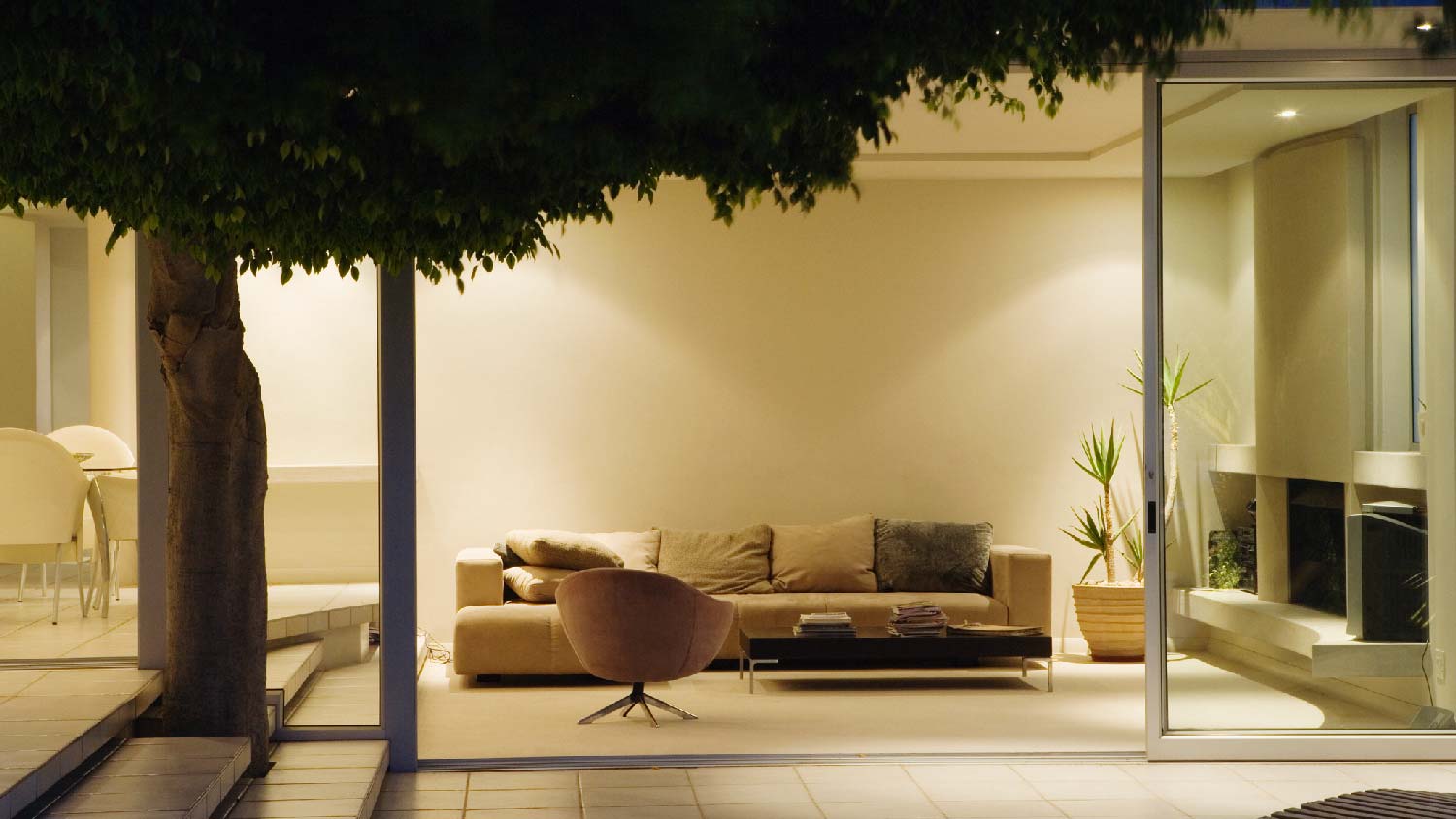
Like pocket doors, sliding doors don’t require any space to swing; when the door is open, it’s contained entirely within the width of the doorframe. Unlike pocket doors, sliding doors don’t open into the wall, so they may require a larger frame. Sliding doors are available in a number of different materials and styles, so it’s not hard to find one that matches your home’s look.
Sliding doors are a great option for exterior doors to a deck or patio, but are gaining popularity in being used as interior doors. Newer sliding door designs may be less bulky than traditional sliding doors, making them a good fit for interior spaces. The cost of sliding glass doors can vary, but averages around $2,400.

Barn doors have been a major decor trend over the past decade, but even now, they remain a widely used option for separating out interior spaces. Updated designs and modern materials can keep barn doors from looking dated, and give you a way to close off rooms without a big footprint.
Barn doors compared to pocket doors are typically much easier to install, as they don’t require a frame, and barn door installation costs are much lower if you choose to have them professionally installed. Barn doors are mounted with a track above the door and only take up wall space when open, so they’re great for tight quarters.

Bi-fold doors have come a long way since the heavy, awkward, paneled doors of the past. Newer designs come in a wide variety of styles and materials, making it easy to match your home’s look. While bi-fold doors do require some floor space to open, it’s much less than a standard door, and they have the advantage of not needing a lower track, so installation is a breeze. Bi-fold doors are often used for closets, laundry areas, and other small spaces within the home.
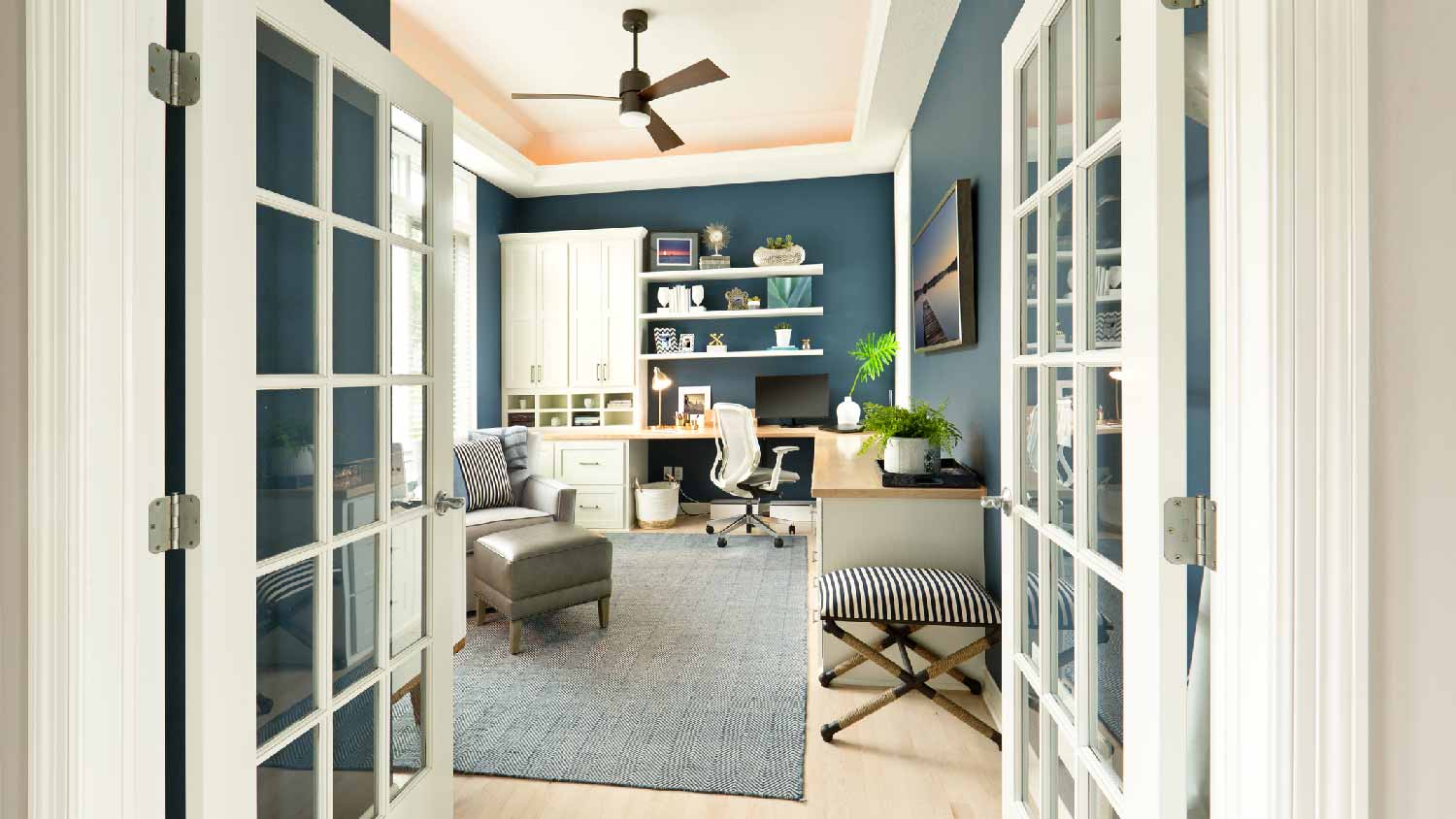
French doors are an elegant way to separate rooms without feeling like the space is closed off. French doors are often made of mostly glass panels, so they allow a lot of light through, and they can be used for both interior and exterior doors. French doors do have more of a footprint than pocket doors, as they do need to fully swing out to open. They’re almost always installed as a pair, so you’ll need enough space for a door that’s half the size of the doorway to open out into. The cost to install French doors averages about $3,500, but handy homeowners can learn how to install French doors and save costs by making it a DIY project.
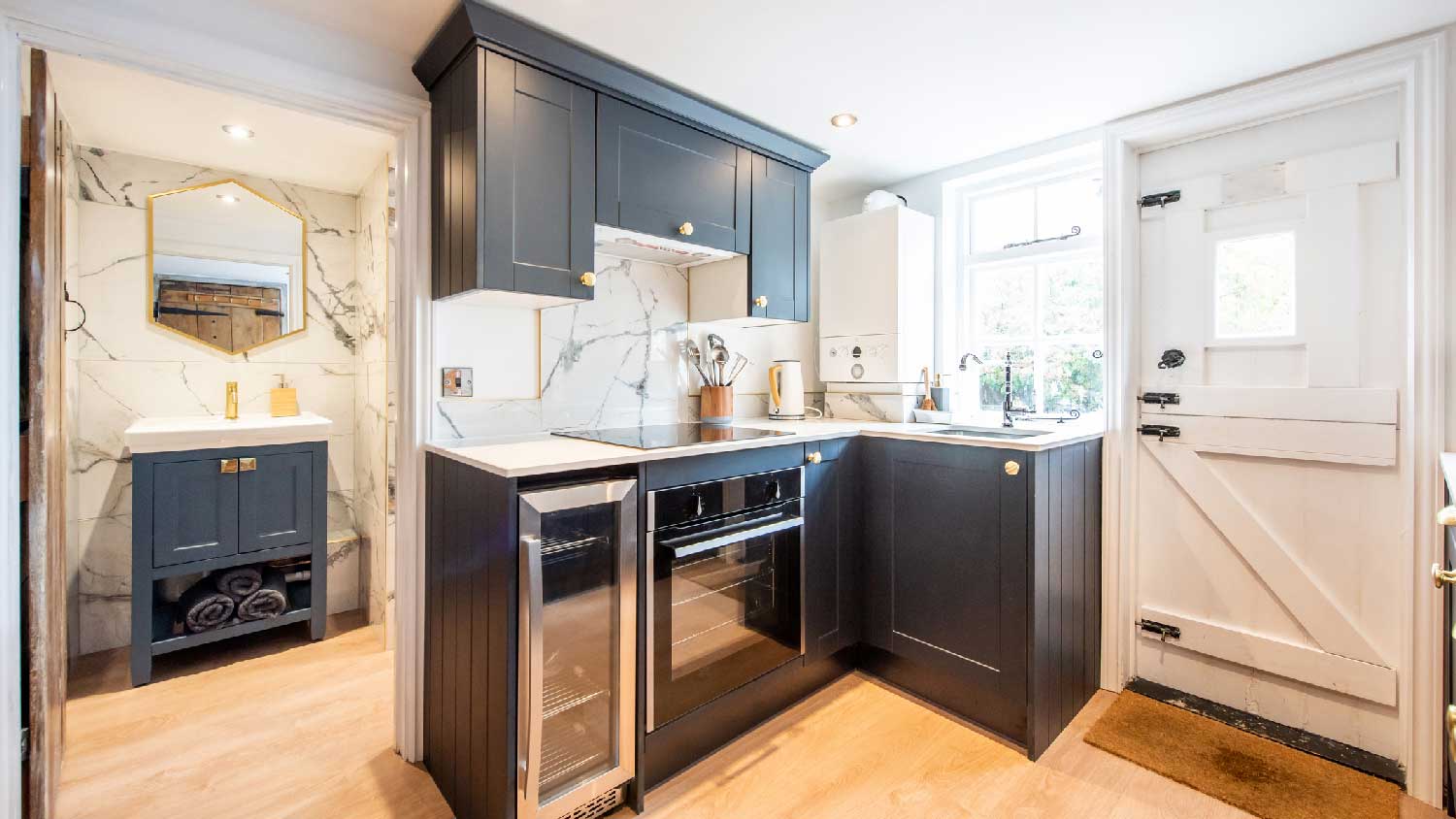
. These doors are split horizontally, making it easy to open the top section for ventilation while keeping the bottom part of the door closed. Dutch doors are useful for households that have kids or pets, allowing airflow while still having the security of a closed door. Installation costs for Dutch doors may be higher than for standard doors, but many homeowners find that the utility of this split solution is worth it.
Pivot doors differ from traditional doors based on their unique hinge placement. Rather than hinges at the side of the door, a pivot door has hinges at the top and bottom, allowing the door to swing inward or outward, depending on its placement. Some pivot doors are hinged in the center of the door, meaning that the door swings halfway into each space it divides, reducing its footprint.
Pivot doors are often more durable than traditional doors, as well, since the weight of the door isn’t borne by hinges on the side, but rather by the floor, so gravity doesn’t stress the hinges as much as with traditionally hinged doors.

While hidden doors might call to mind secret rooms hidden behind bookcases, there are so many modern options for these discreet doors. Built without traditional framing, hidden doors can seamlessly blend into a wall or be disguised as something else (like that bookcase you were picturing!). Hidden doors are more complicated to install than other types of doors, so the novelty of this feature may come at a higher cost than other types of doors.
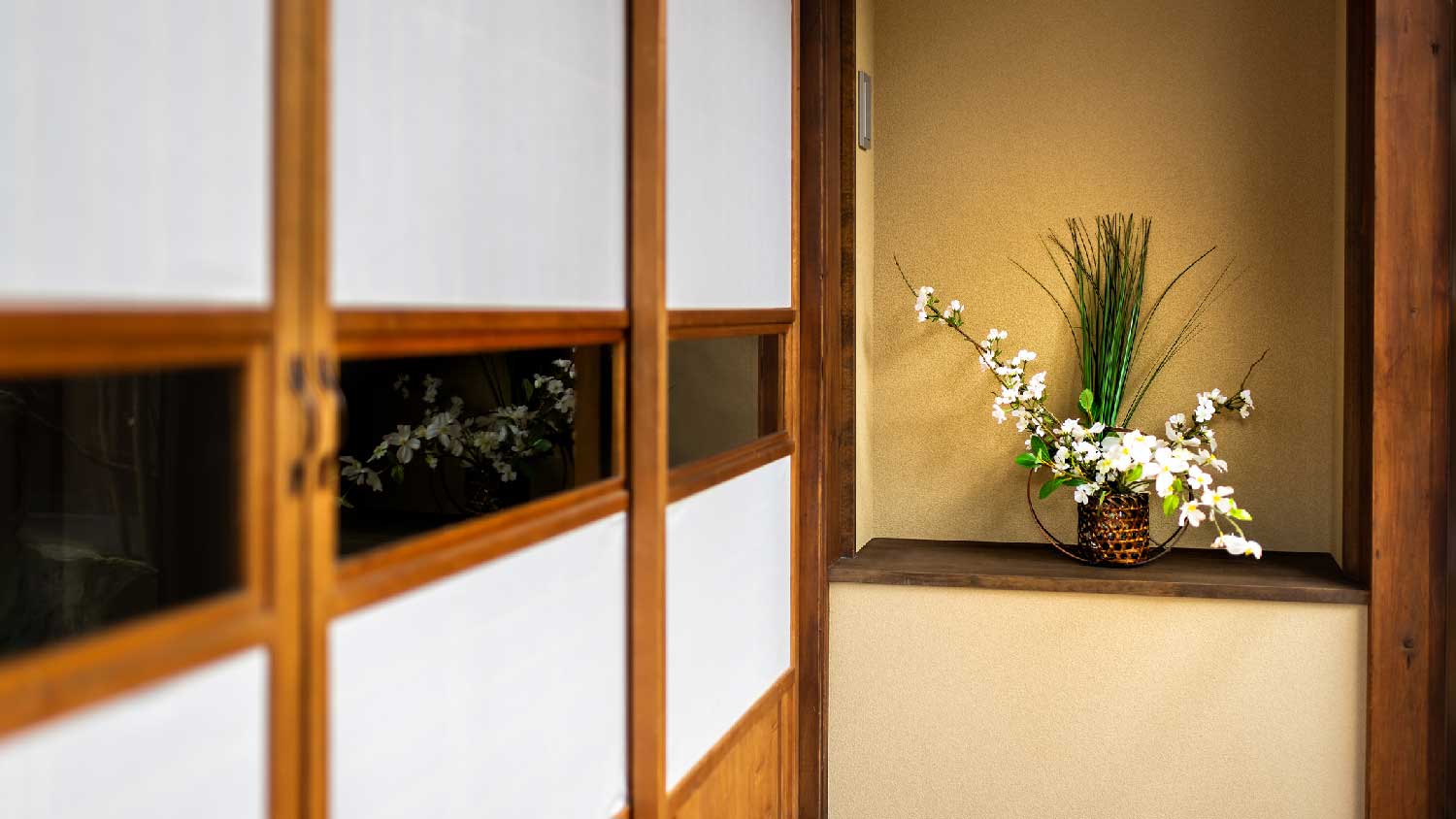
Similar to barn doors, shoji doors are installed by being mounted to the wall and slide along the wall rather than into it like a pocket door. These Japanese designs, usually made of washi paper, are ideal for separating interior spaces but don’t offer the same level of sound dampening that other doors do. They may also not be the best choice for homes with children or pets, as the paper panels are fairly delicate and can tear easily.
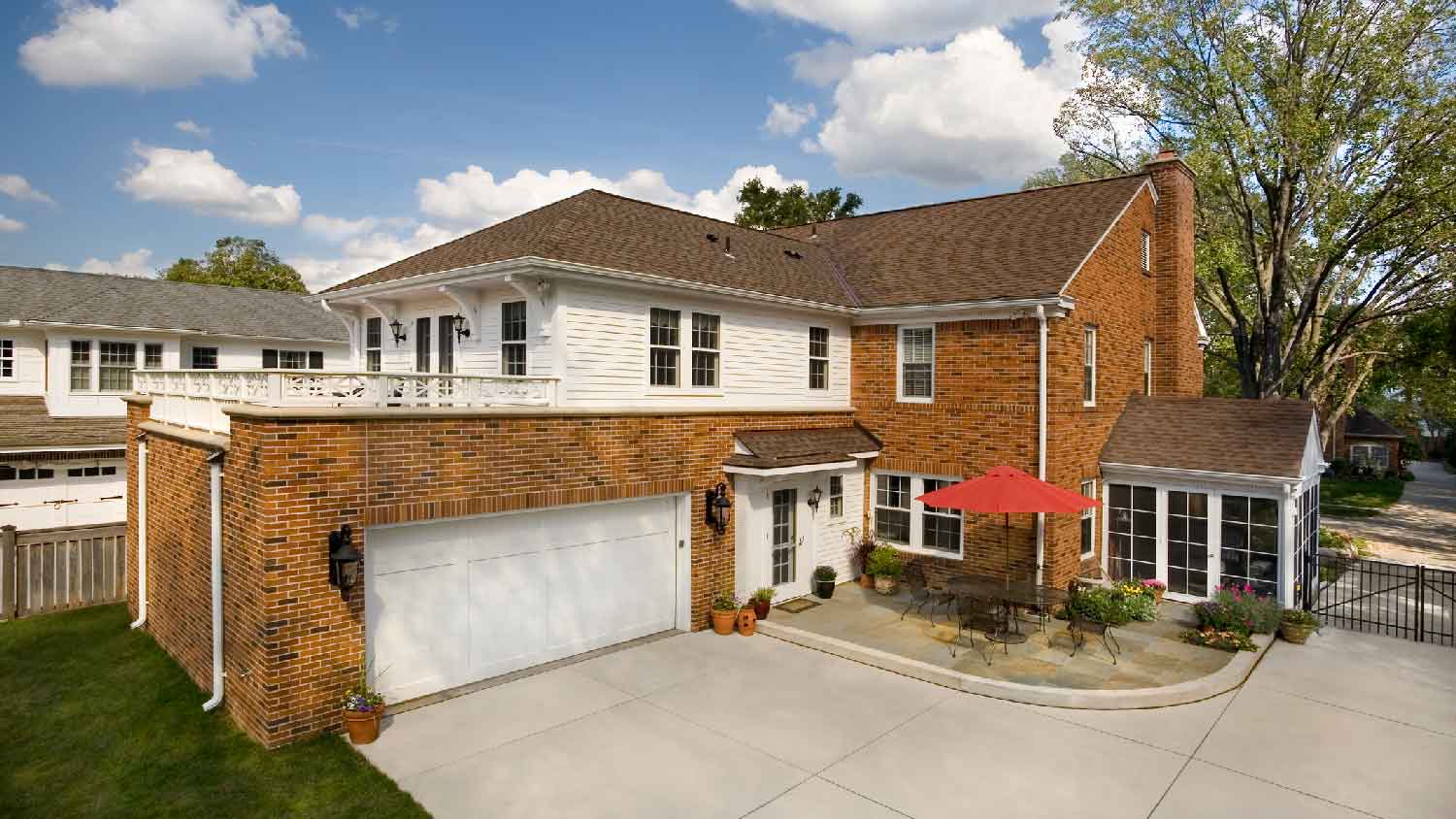
While many people might not think of garage doors as an option for interior spaces, these doors are an increasingly popular choice for opening up large spaces to the outside. Since garage doors open from overhead, there is no floor space lost, and it’s a novel way to turn indoor spaces into indoor/outdoor ones. Homeowners who do a lot of outdoor entertaining might consider garage doors for ease of access and open continuity between inside the home and outdoor living and dining areas.
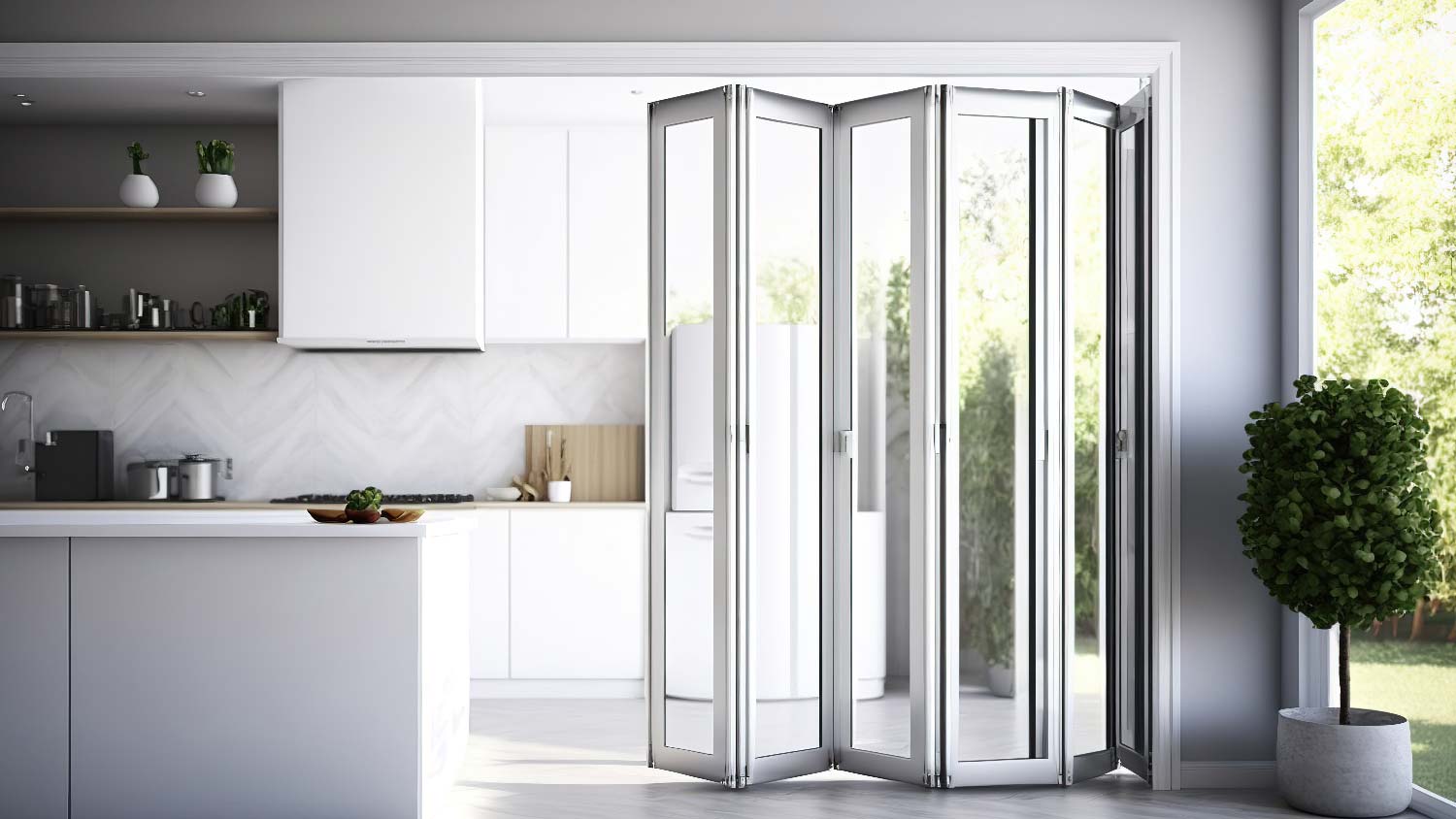
Accordion doors are another door style that most people firmly associate with the past. Fortunately, modern accordion doors can match the look of any home and no longer have to call to mind the veneer or vinyl models of the ‘70s and ‘80s. Accordion doors only require a few inches of floor space to open, as the multiple panels keep the footprint small. Like bi-fold doors, they’re a good option for smaller spaces like closets and small laundry areas.
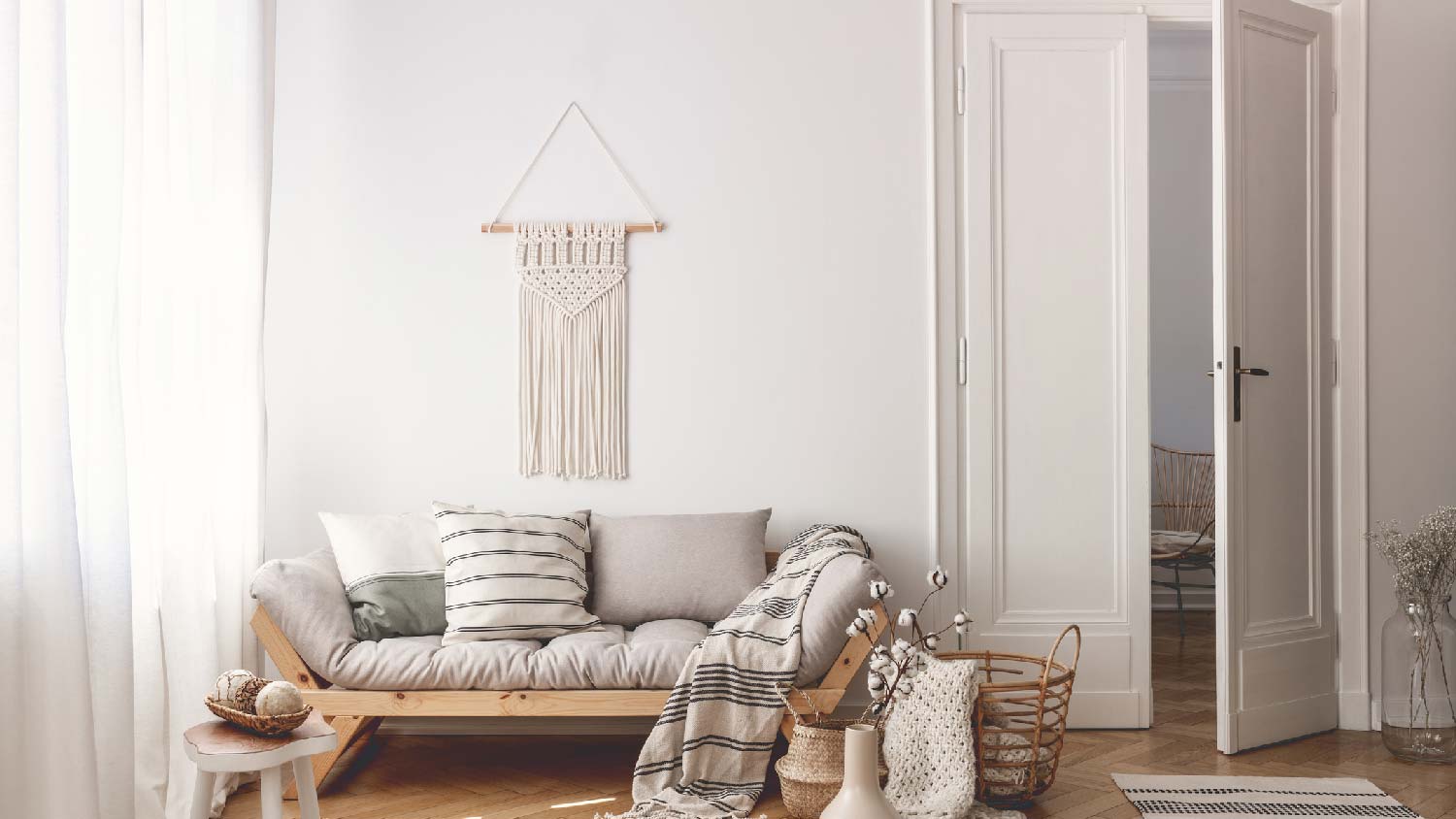
In some cases, a standard traditional door may end up being the best option for your space. If you don’t want to expand an existing door frame, the cost of installing a new door in the same style will be significantly more affordable than installing a different type of door. Standard doors also come in a huge variety of materials, colors, and styles, so chances are, you’ll be able to find something that suits your home.
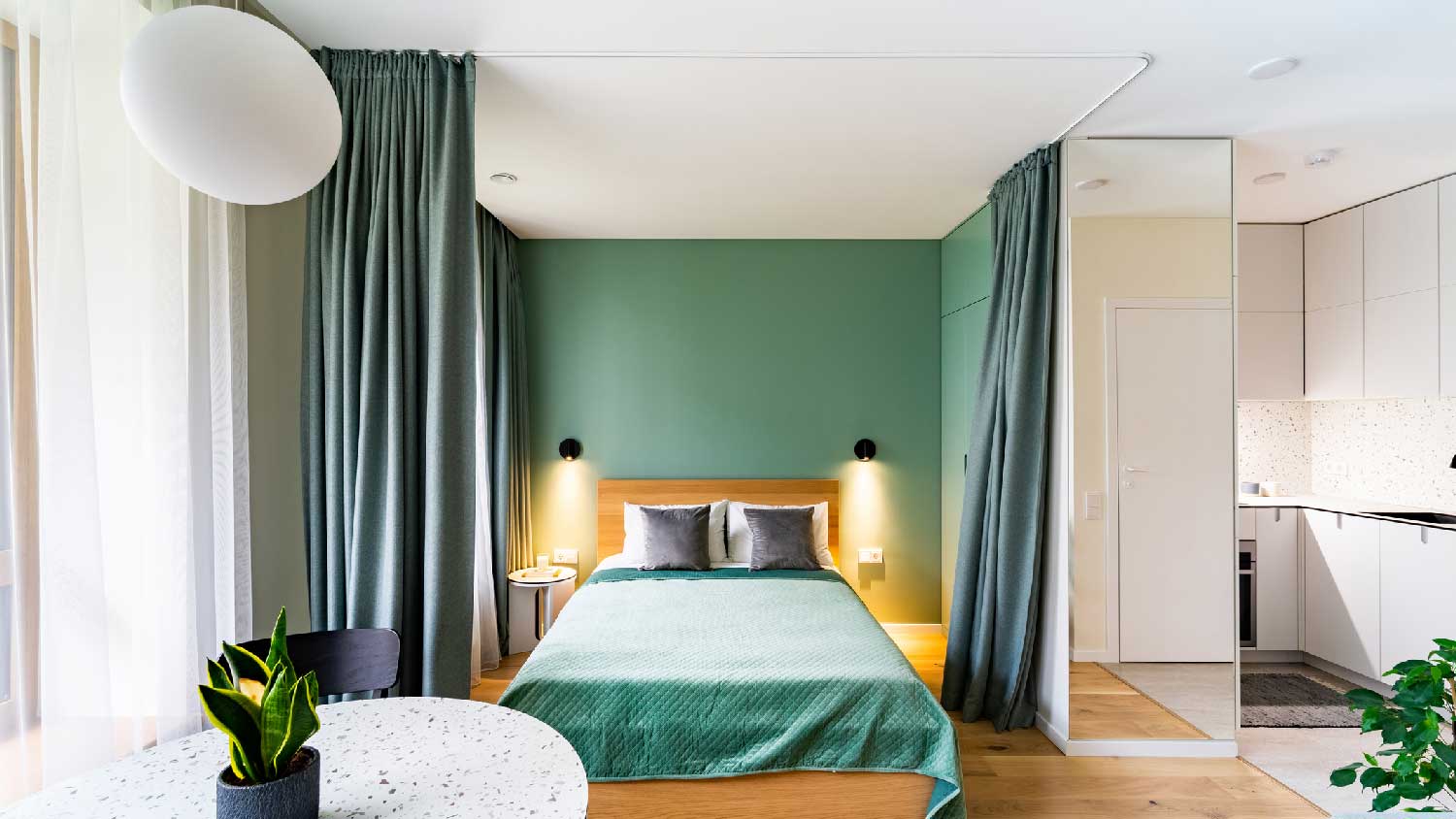
If you’re looking to separate interior rooms or visually close off spaces like closets, curtains are an incredibly budget-friendly way to go. While curtains don’t have the visual appeal or polished look of doors, they’re a great option for renters or homeowners who are working within a strict budget. Mounting curtain rods that match your home’s style and using curtains made from an attractive material can be a useful temporary fix or an easy solution to an odd-sized doorway.
With so many options to choose from, get creative with the doors in your home—even if you’re working with a smaller area. A local contractor in your area can help you with ideas and the installation.
From average costs to expert advice, get all the answers you need to get your job done.

Looking to turn your yard into a hockey or ice skating paradise this winter? Use this backyard ice rink cost guide to see what the installation will total.

Building permits are essential. Here’s everything you need to know about building permit costs to budget accordingly for your building project.

Recessed living rooms used to be popular but have fallen out of favor. This guide discusses the cost to raise a sunken living room to modernize your home.

How much do you pay a contractor up front? Many states cap how much a contractor can ask for before work begins. Here’s what you need to know.

What is dry rot and how do you manage it? Dry rot is a fungus that attacks wood. Learn how to get rid of it before it causes structural damage.

Do contractors charge for estimates? The differences between an estimate, an inspection and a consultation will vary depending on various factors. Learn if you’ll pay a fee and why.